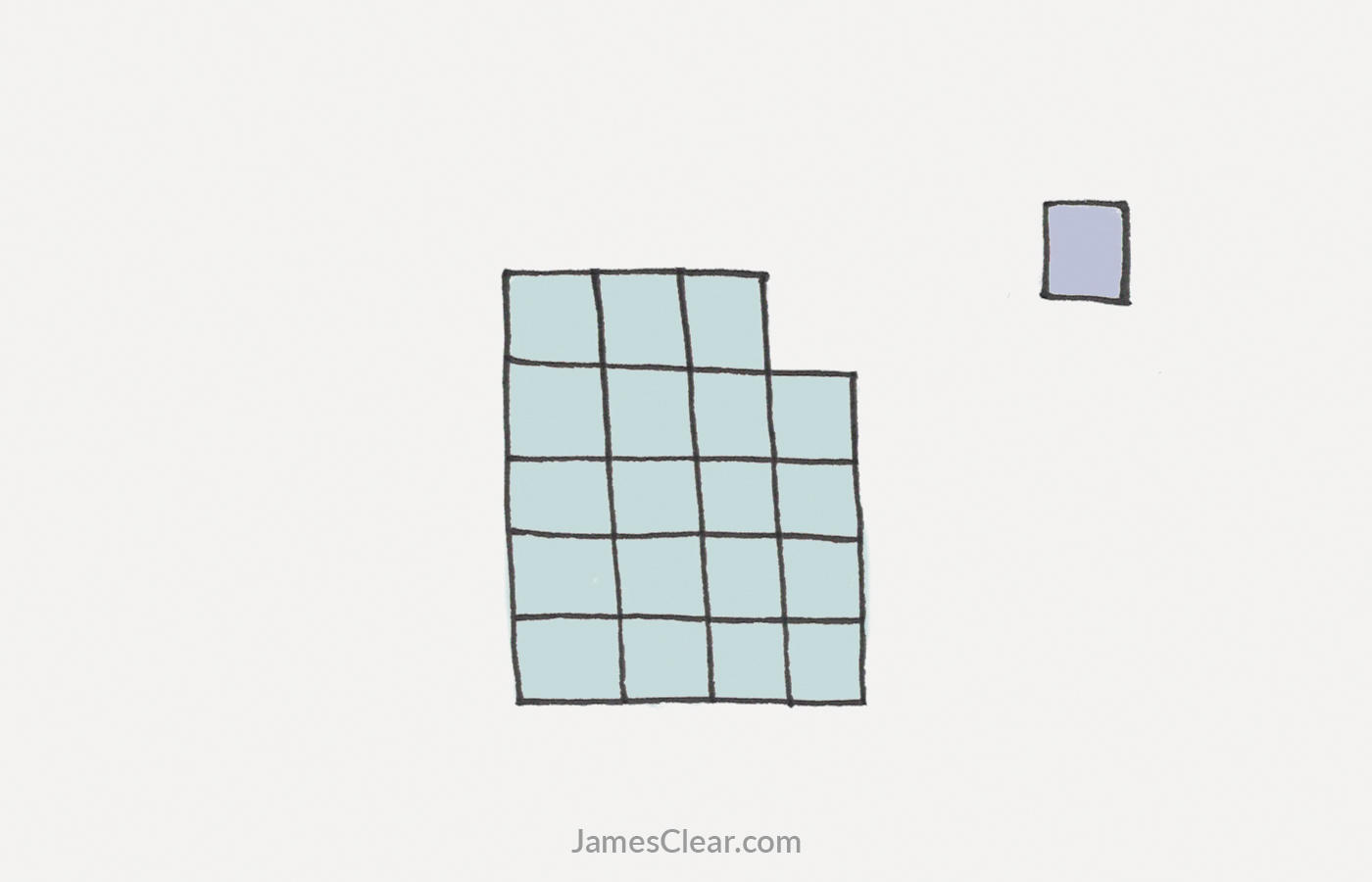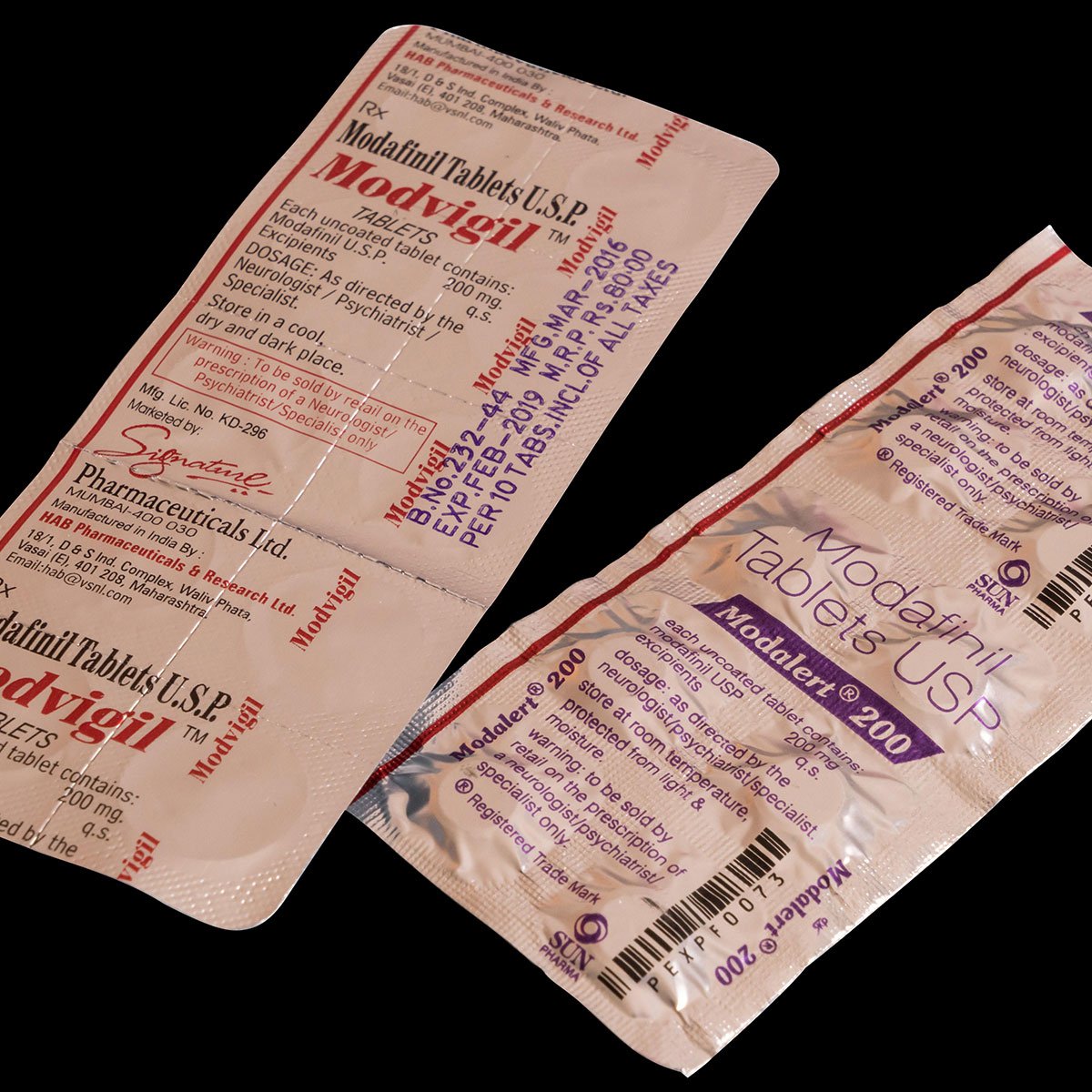D
Deleted member 47272
Synaesthesia
- Joined
- Oct 7, 2023
- Posts
- 1,897
- Reputation
- 1,536
FOCUS INTENSIFICATION/
ENHANCEMENT

By @PSL GOD
Focus Intensification is defined as the experience of an increased ability to selectively concentrate on an aspect of the environment while ignoring other things. It can be best characterized by feelings of intense concentration which can allow one to continuously focus on and perform tasks which would otherwise be considered too monotonous, boring, or dull to not get distracted from.
The degree of focus induced by this effect can be much stronger than what a person is capable of sober. It can allow for hours of effortless, single-minded, and continuous focus on a particular activity to the exclusion of all other considerations such as eating and attending to bodily functions. However, although focus intensification can improve a person’s ability to engage in tasks and use time effectively, it is worth noting that it can also cause a person to focus intensely and spend excess time on unimportant activities.

 jamesclear.com
jamesclear.com

 adf.org.au
adf.org.au
ENHANCEMENT
By @PSL GOD
Focus Intensification is defined as the experience of an increased ability to selectively concentrate on an aspect of the environment while ignoring other things. It can be best characterized by feelings of intense concentration which can allow one to continuously focus on and perform tasks which would otherwise be considered too monotonous, boring, or dull to not get distracted from.
The degree of focus induced by this effect can be much stronger than what a person is capable of sober. It can allow for hours of effortless, single-minded, and continuous focus on a particular activity to the exclusion of all other considerations such as eating and attending to bodily functions. However, although focus intensification can improve a person’s ability to engage in tasks and use time effectively, it is worth noting that it can also cause a person to focus intensely and spend excess time on unimportant activities.

Focus: The Ultimate Guide on How to Improve Focus and Concentration
Plus, my favorite mind-hacks for getting focused.
Focus isn’t just a mental state; it’s a complex orchestration of neural activities. At the heart of this are your brain’s attentional networks, a series of interconnected regions that govern everything from your ability to concentrate on a spreadsheet to your knack for tuning out distractions. These networks are primarily located in the prefrontal cortex, the brain’s executive control center, and they work in concert with other areas like the parietal cortex and the thalamus.
The Neurochemistry of Focus
Neurotransmitters like dopamine and norepinephrine also influence your ability to focus. These chemicals act as messengers between neurons and play a vital role in sustaining attention. Dopamine, often termed the “reward molecule,” helps maintain focus by providing a sense of pleasure in accomplishing tasks. Conversely, Norepinephrine acts like a neural stimulant, keeping your brain alert and ready to tackle challenges.
Techniques for Enhancing Focus: Mindfulness Meditation and Attentional Training
Mindfulness Meditation: The Brain’s Gym
If you want to give your attentional networks a workout, mindfulness meditation is akin to a gym session for your brain. This ancient practice has been scrutinized under the modern lens of neuroscience, and the findings are compelling. Regular mindfulness meditation has increased the density of gray matter in the prefrontal cortex, the very region responsible for focus and executive control.
But how does sitting quietly and focusing on your breath translate to enhanced focus in the hustle and bustle of your life? The answer lies in the practice’s ability to train your brain to become aware of distractions and then consciously redirect attention back to the task. This is essentially a live training session for your executive network, teaching it to be more resilient against distractions and interruptions.
Attentional Training: Targeted Exercises for Focus
While mindfulness lays a broad foundation for attentional control, targeted attentional training exercises can offer more task-specific benefits. These exercises often involve tasks that require sustained attention and quick decision-making, effectively putting your alerting and orienting networks through their paces.
For example, you might engage in exercises requiring you to identify and respond to specific visual or auditory cues quickly. These tasks improve your reaction time and help your brain better filter out irrelevant information, enhancing your focus.
Visual Cue Exercise: Flashcard Reaction
Prepare: Grab a set of flashcards with different colors or shapes.(1)
Sit Ready: Sit comfortably, holding the cards in front of you.(2)
Flash Away: Flash a card and identify the color or shape aloud as quickly as you can.(3)
Speed It Up: Gradually increase the speed, ensuring accuracy in identification.(4)
Mix It Up: Add a mix of auditory cues, like a bell ring for a correct identification.(5)
This exercise drills your brain to swiftly process visual cues, improving your reaction time and focus, much like honing a blade for a sharper cut.
Action Steps
[1]Start Small: If you’re new to mindfulness, start with just 5 minutes of daily practice and gradually increase the duration as you become more comfortable.
•Actively Follow Through on Tasks: When you leave tasks unfinished, it becomes easier for you to lose focus and get distracted. To prevent this from happening, it's best to complete tasks as soon as possible so that you can focus on one task at a time without worrying about loose ends.
•Practice Counting Backwards: When you have a few free moments, choose a high number and count backward to zero while staying focused.
•Memorization: It is an effective way to cultivate focus, requiring discipline and concentration.
•Consistent: Consistency is key. Make these practices a regular part of your schedule for maximum benefits.

 www.linkedin.com
www.linkedin.com
- The attentional networks can be broadly categorized into three main systems:
- Alerting Network: This is your brain’s early warning system, responsible for maintaining a state of alertness. It primes you to respond to incoming stimuli, whether an urgent email or a sudden thought about a project deadline.
- Orienting Network: This network helps direct your attention to specific tasks or sensory inputs. It’s why you can focus on a conference call even when construction noise is outside your window.
The Neurochemistry of Focus
Neurotransmitters like dopamine and norepinephrine also influence your ability to focus. These chemicals act as messengers between neurons and play a vital role in sustaining attention. Dopamine, often termed the “reward molecule,” helps maintain focus by providing a sense of pleasure in accomplishing tasks. Conversely, Norepinephrine acts like a neural stimulant, keeping your brain alert and ready to tackle challenges.
Techniques for Enhancing Focus: Mindfulness Meditation and Attentional Training
Mindfulness Meditation: The Brain’s Gym
If you want to give your attentional networks a workout, mindfulness meditation is akin to a gym session for your brain. This ancient practice has been scrutinized under the modern lens of neuroscience, and the findings are compelling. Regular mindfulness meditation has increased the density of gray matter in the prefrontal cortex, the very region responsible for focus and executive control.
But how does sitting quietly and focusing on your breath translate to enhanced focus in the hustle and bustle of your life? The answer lies in the practice’s ability to train your brain to become aware of distractions and then consciously redirect attention back to the task. This is essentially a live training session for your executive network, teaching it to be more resilient against distractions and interruptions.
Attentional Training: Targeted Exercises for Focus
While mindfulness lays a broad foundation for attentional control, targeted attentional training exercises can offer more task-specific benefits. These exercises often involve tasks that require sustained attention and quick decision-making, effectively putting your alerting and orienting networks through their paces.
For example, you might engage in exercises requiring you to identify and respond to specific visual or auditory cues quickly. These tasks improve your reaction time and help your brain better filter out irrelevant information, enhancing your focus.
Visual Cue Exercise: Flashcard Reaction
Prepare: Grab a set of flashcards with different colors or shapes.(1)
Sit Ready: Sit comfortably, holding the cards in front of you.(2)
Flash Away: Flash a card and identify the color or shape aloud as quickly as you can.(3)
Speed It Up: Gradually increase the speed, ensuring accuracy in identification.(4)
Mix It Up: Add a mix of auditory cues, like a bell ring for a correct identification.(5)
This exercise drills your brain to swiftly process visual cues, improving your reaction time and focus, much like honing a blade for a sharper cut.
Action Steps
[1]Start Small: If you’re new to mindfulness, start with just 5 minutes of daily practice and gradually increase the duration as you become more comfortable.
•Actively Follow Through on Tasks: When you leave tasks unfinished, it becomes easier for you to lose focus and get distracted. To prevent this from happening, it's best to complete tasks as soon as possible so that you can focus on one task at a time without worrying about loose ends.
•Practice Counting Backwards: When you have a few free moments, choose a high number and count backward to zero while staying focused.
•Memorization: It is an effective way to cultivate focus, requiring discipline and concentration.
•Consistent: Consistency is key. Make these practices a regular part of your schedule for maximum benefits.
Neuroscience of Focus Enhancement
Explore the depths of focus through the lens of neuroscience in this engaging article. Uncover the roles of your brain's attentional networks, the neurochemistry behind focus, and practical exercises like Flashcard Reaction to hone your attention. Dive into mindfulness practices and targeted...
Compounds within our psychoactive substance index which may cause this effect include:
- 1,3-DMAA
- 1P-LSD
- 1V-LSD
- 1cP-AL-LAD
- 1cP-LSD
- 1cP-MiPLA
- 2-Aminoindane
- 2-FA
- 2-FEA
- 2-FMA
- 3,4-CTMP
- 3-FA
- 3-FMA
- 3-FPM
- 4-FA
- 4-FMA
- 4F-EPH
- 4F-MPH
- 5-APB
- 5-MAPB
- 6-APB
- 6-APDB
- A-PHP
- A-PVP
- AL-LAD
- ALD-52
- Adrafinil
- Alpha-GPC
- Amphetamine
- Aniracetam
- Armodafinil
- Bromantane
- Caffeine
- Cannabis
- Citicoline
- Clonidine
- Cocaine
- Coluracetam
- Creatine
- Cyclazodone
- Desoxypipradrol
- Dichloropane
- ETH-CAT
- Ephedrine
- Ephylone
- Ethylphenidate
- Hexedrone
- Isopropylphenidate
- Kratom

Cognitive enhancers - Alcohol and Drug Foundation
Explore the world of nootropics, cognitive enhancers for improved memory, alertness, and energy. Understand their effects and potential risks.
Ford, Jason A.; Schroeder, Ryan D. (2008). "Academic Strain and Non-Medical Use of Prescription Stimulants among College Students". Deviant Behavior. 30 (1): 26–53. doi:10.1080/01639620802049900. ISSN 0163-9625.
Riccio, Cynthia A.; Waldrop, Jennifer J.M.; Reynolds, Cecil R.; Lowe, Patricia (2001). "Effects of Stimulants on the Continuous Performance Test (CPT)". The Journal of Neuropsychiatry and Clinical Neurosciences. 13 (3): 326–335. doi:10.1176/jnp.13.3.326. ISSN 0895-0172.
Seiden, L S; Sabol, K E; Ricaurte, G A (1993). "Amphetamine: Effects on Catecholamine Systems and Behavior". Annual Review of Pharmacology and Toxicology. 33 (1): 639–676. doi:10.1146/annurev.pa.33.040193.003231. ISSN 0362-1642.
Sprague, R.; Sleator, E. (1977). "Methylphenidate in hyperkinetic children: differences in dose effects on learning and social behavior". Science. 198 (4323): 1274–1276. doi:10.1126/science.337493. ISSN 0036-8075.
Randall, Delia C.; Viswanath, Aparna; Bharania, Punam; Elsabagh, Sarah M.; Hartley, David E.; Shneerson, John M.; File, Sandra E. (2005). "Does Modafinil Enhance Cognitive Performance in Young Volunteers Who Are Not Sleep-Deprived?". Journal of Clinical Psychopharmacology. 25 (2): 175–179. doi:10.1097/01.jcp.0000155816.21467.25. ISSN 0271-0749.
Bernstein, Gail A.; Carroll, Marilyn E.; Crosby, Ross D.; Perwien, Amy R.; Go, Frances S.; Benowitz, Neal L. (1994). "Caffeine Effects on Learning, Performance, and Anxiety in Normal School-Age Children". Journal of the American Academy of Child & Adolescent Psychiatry. 33 (3): 407–415. doi:10.1097/00004583-199403000-00016. ISSN 0890-8567.
Salo, Ruth; Nordahl, Thomas E.; Natsuaki, Yutaka; Leamon, Martin H.; Galloway, Gantt P.; Waters, Christy; Moore, Charles D.; Buonocore, Michael H. (2007). "Attentional Control and Brain Metabolite Levels in Methamphetamine Abusers". Biological Psychiatry. 61 (11): 1272–1280. doi:10.1016/j.biopsych.2006.07.031. ISSN 0006-3223.
Last edited:


